This post may contain affiliate links. Learn more.
This vibrant fall lasagna with kabocha squash béchamel, mushrooms, and radicchio makes a stunning vegetarian main dish for Thanksgiving, or anytime.
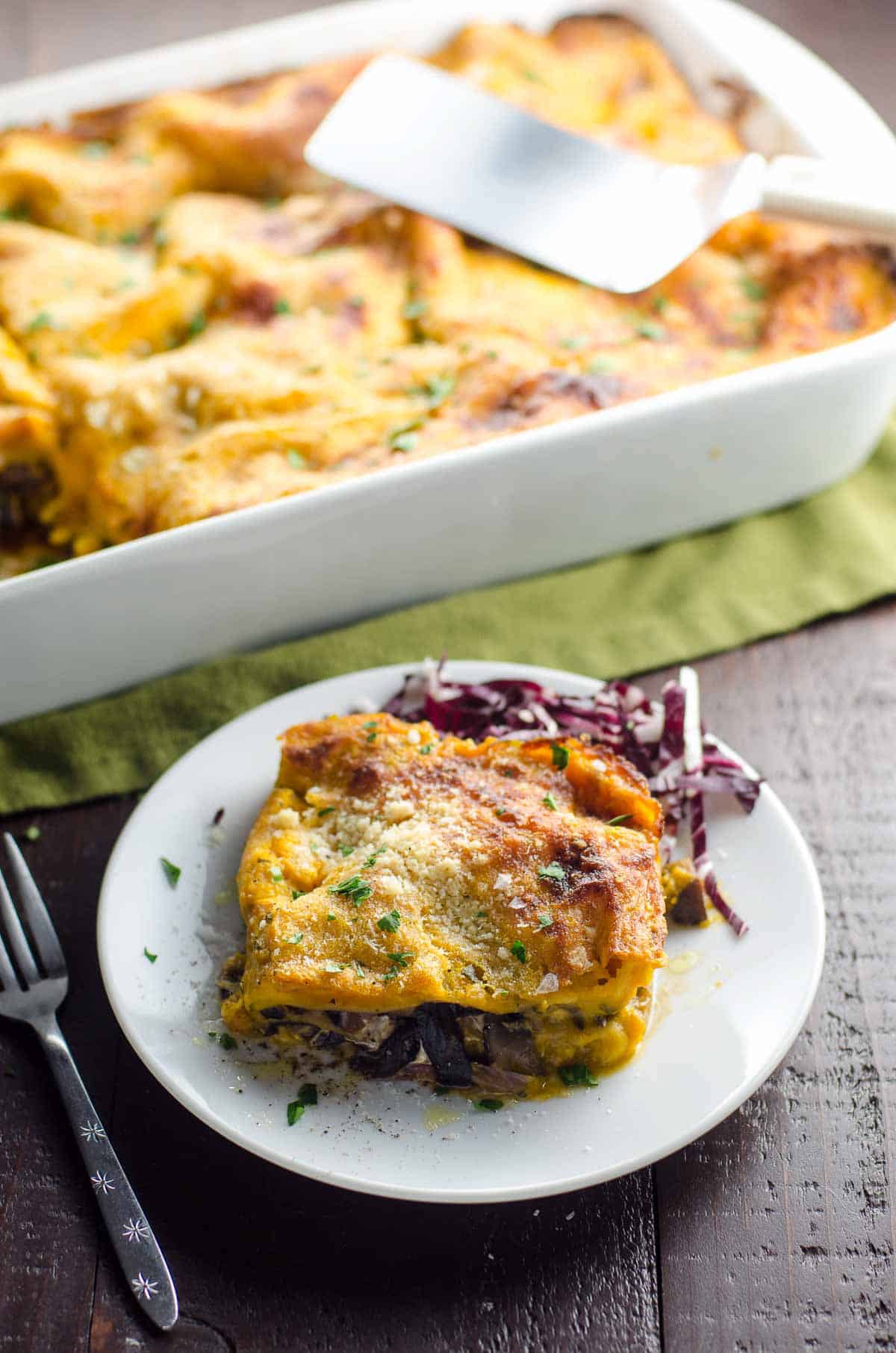
Why we love this recipe
As far as I’m concerned, you can never have too many ways to feed your vegetarian guests on Thanksgiving and throughout the holidays. I’m personally kind of a weirdly big fan of making a whole meal out of side dishes. But even so, I always try to have a legit main dish to let vegetarians know that they’ve been considered and respected and loved.
This cozy, gently sophisticated fall lasagna really knocks it out of the park in that department. It’s got:
- A velvety kabocha squash béchamel sauce laced with warming and woodsy herbs and spices
- A savory, earthy filling of mushrooms and radicchio
- Three kinds of melty, umami-forward cheese
- A beautiful balance of bold flavors, vibrant colors, and satisfying textures
I first published this recipe here way back in 2009. I’ve since updated the post for clarity, but the recipe remains the same, except for the addition of ricotta.
What you’ll need
Here’s a glance at the ingredients you’ll need to make this recipe.
For the béchamel
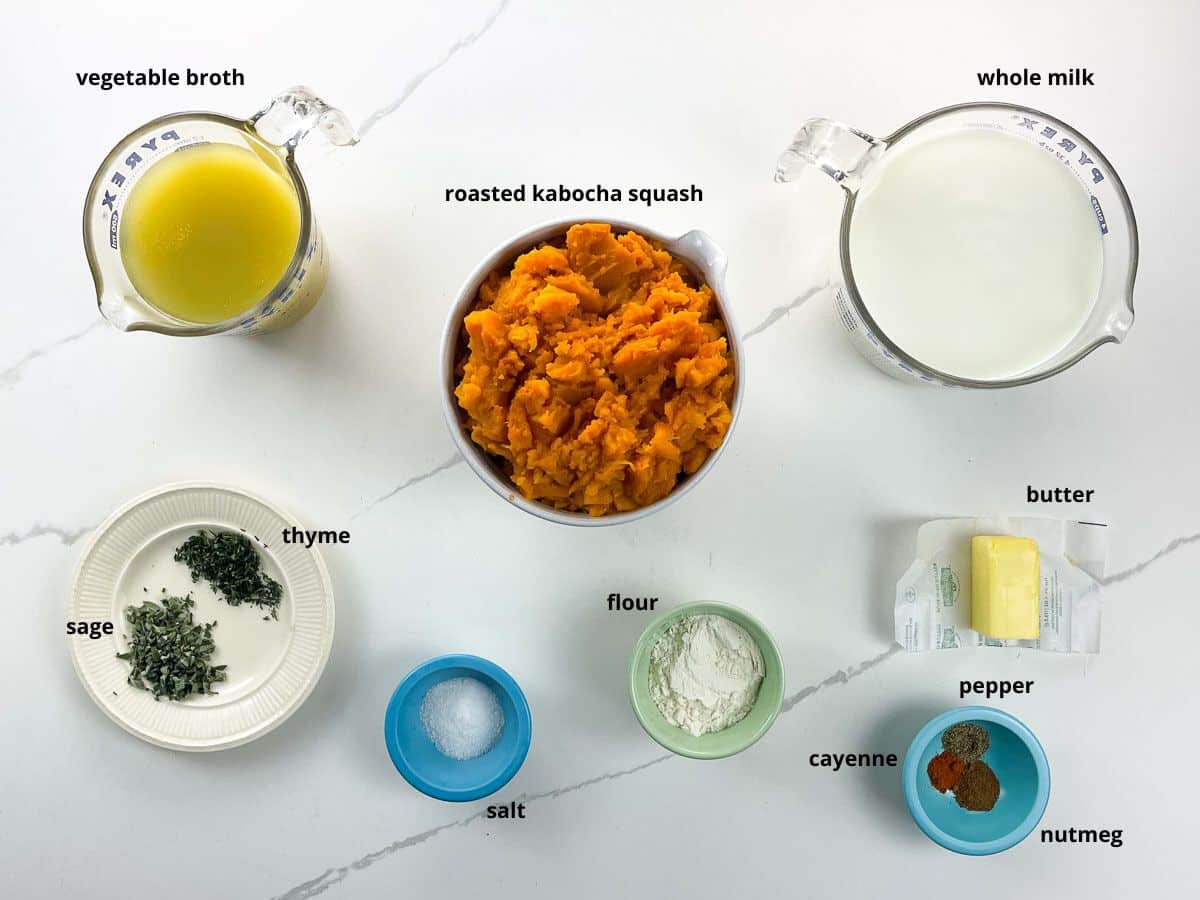
- Kabocha (sometimes called Japanese pumpkin) is my favorite winter squash. Its flesh is dense and sweet, with a lower water content than butternut. If you can’t find it, you could substitute sugar pumpkin or red kuri squash in this recipe without making further changes. Or substitute butternut or even acorn squash and reduce the amount of broth. (Use just enough broth to make the squash easy to puree.)
- My favorite boxed vegetable broth by far is Imagine No Chicken lower-sodium broth. It has a great flavor profile and none of the rust-colored nonsense that plagues many other brands.
- Whole milk provides just the right amount of richness.
- Use a really good-quality butter if you can. Here and virtually everywhere, I start with a cultured, salted butter from grass-fed cows. This sounds fancy but doesn’t have to be. Kerrygold, for example, is sold in most supermarkets at a reasonable price.
- A combination of fresh sage and thyme gently amplifies the autumnal vibe of this dish.
For the mushroom & radicchio filling
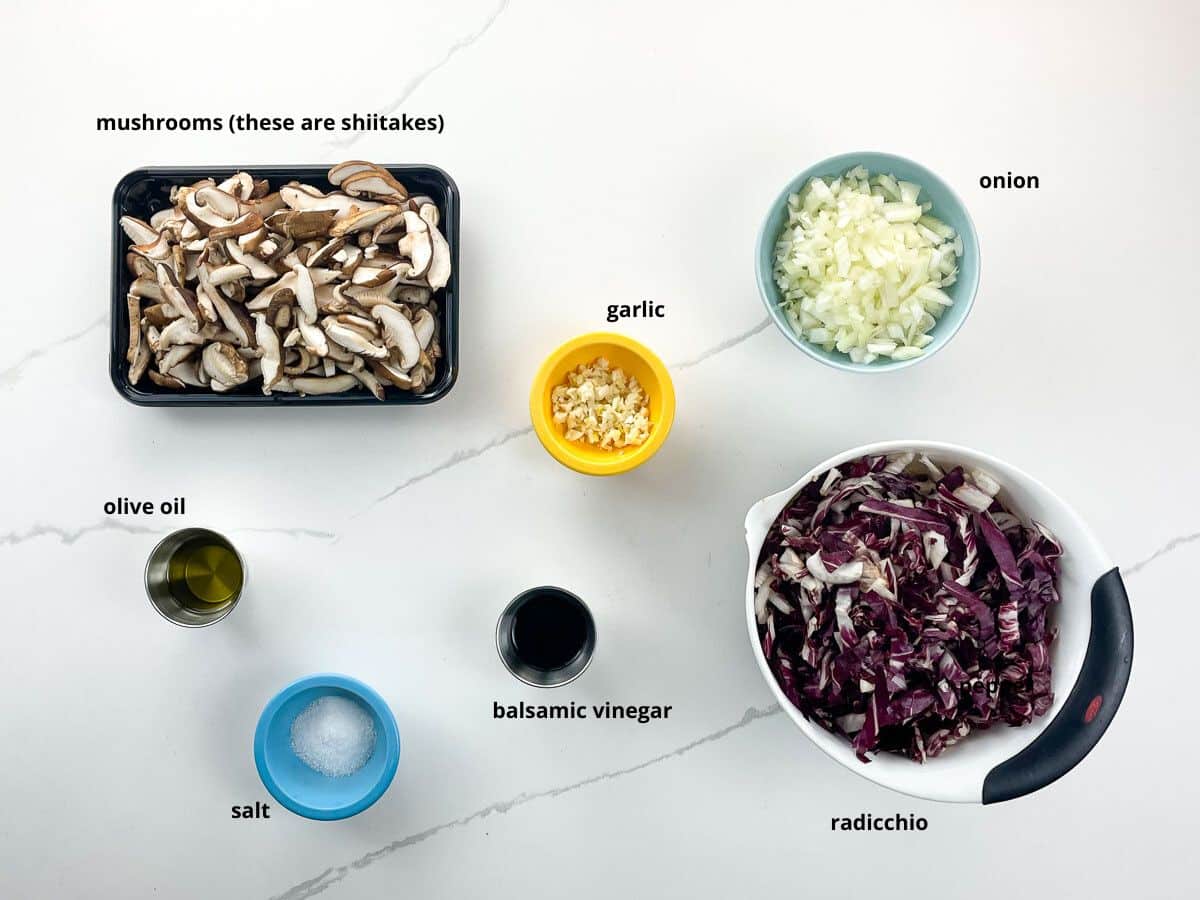
- Here I’ve pictured shiitake mushrooms, which have a deeply savory flavor and minimal moisture content. You can use any mushroom variety that you like in this recipe, or a combination. Over the years I’ve also used white button mushrooms, creminis, and portobellos with the gills scraped out. They all work well, as long as you cook off any liquid before adding the radicchio.
- Radicchio — a member of the chicory family — makes a fabulous fall and winter ingredient. It’s earthy and bitter in varying degrees depending on the variety. Look for a crisp, tight head with minimal browning.
- A little bit of balsamic vinegar stirred into the filling takes the edge off radicchio’s bitterness and ties all the flavors together beautifully. You can use a standard grocery store grade and save the fancy stuff for other recipes.
To assemble the lasagna
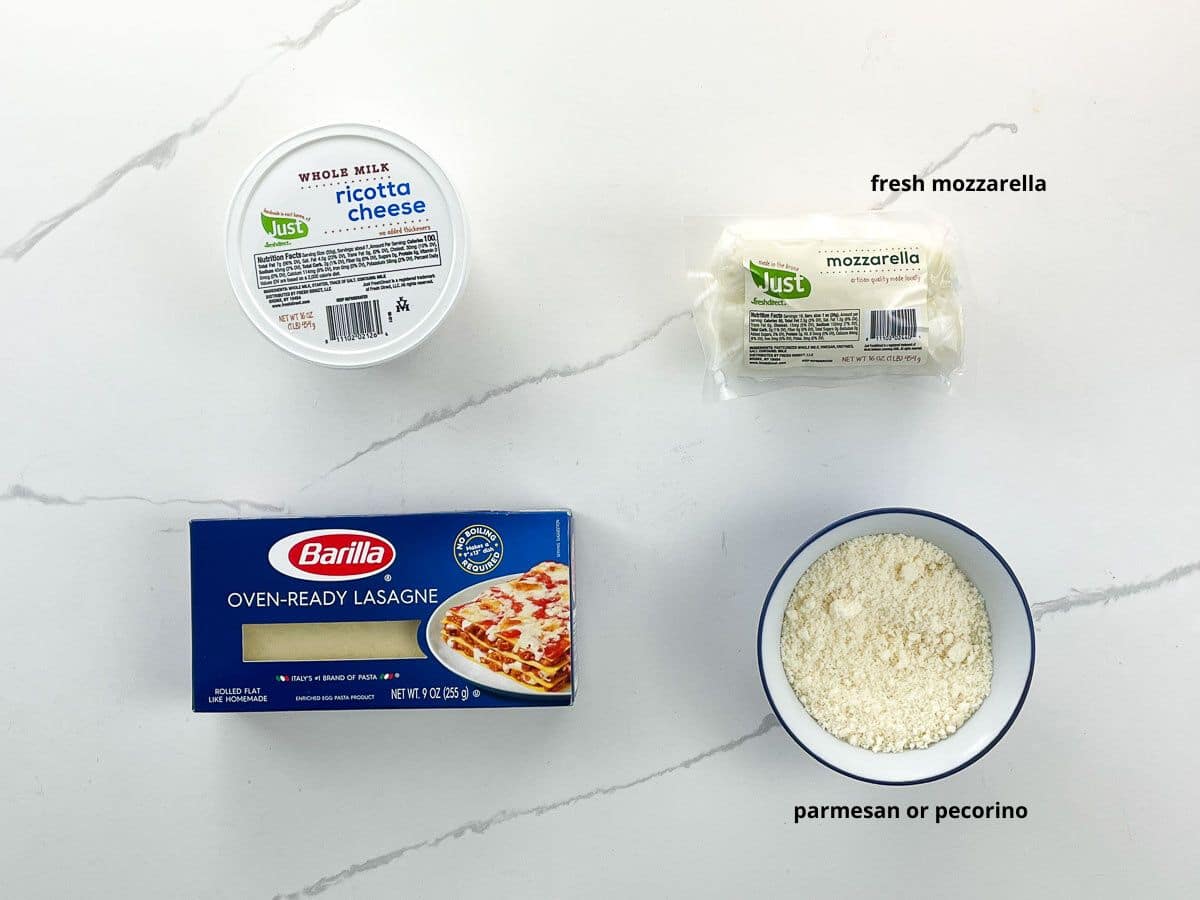
- No-boil lasagna noodles do a great job and are super-convenient. If you want to up your game, can use any lasagna noodles you like, all the way up the food chain to fresh homemade pasta.
- I prefer whole-milk ricotta and mozzarella, but you can use part-skim if you like. Note that the earlier version of this recipe did not include ricotta, but I’ve decided to add it over time. You can leave it out if you prefer — it’s great either way.
- You can make this recipe with either parmesan or pecorino, or a combination. Pecorino (made with sheep’s milk) is a little bit saltier and tangier, while parmesan is a bit sweeter. Either way, choose a good-quality, freshly grated version. If it’s important to you that this dish be vegetarian, be sure to use a variety that’s made without animal rennet.
How to make it
Here’s an overview of what you’ll do to make this epic fall lasagna. You can see the steps in action in the video that accompanies this post, and get all the details in the recipe card below.
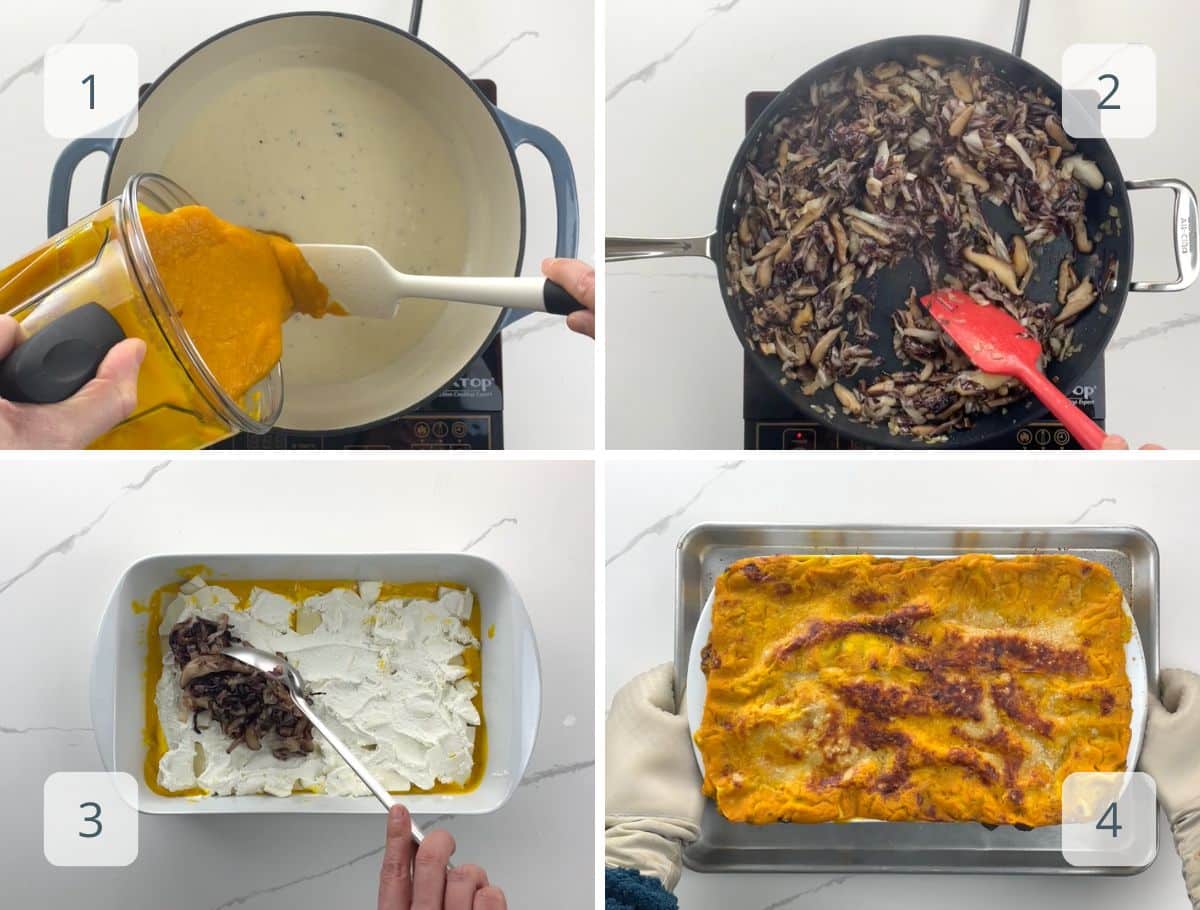
- To make the sauce, you’ll roast a kabocha squash, then puree the flesh with some veggie broth. You’ll make a classic béchamel sauce and then stir in the squash puree.
- For the filling, you’ll sautée the veggies in olive oil.
- You’ll layer these elements with no-boil lasagna noodles, fresh mozzarella, ricotta, and parmesan.
- Bake until browned and bubbly, then let it cool off for a bit before serving. That’s it!
Expert tips and FAQs
Yes. You can fully prepare this lasagna up to a day or two in advance, cover tightly, and store in the fridge, then bake shortly before serving. Or you can even bake it ahead of time and pop it into the oven for a short time to reheat it to serving temperature.
Leftovers will keep in an airtight container in the fridge for a week. Truth be told, I often reheat them in the microwave.
More favorite vegetarian main dish ideas for the holidays
- Veggie Meatloaf (Vegetarian Nut Roast)
- Jamie Oliver’s Vegan Shepherd’s Pie
- Savory Bread Pudding
- Mushroom Farrotto
- Farro with Broccoli and Shiitakes
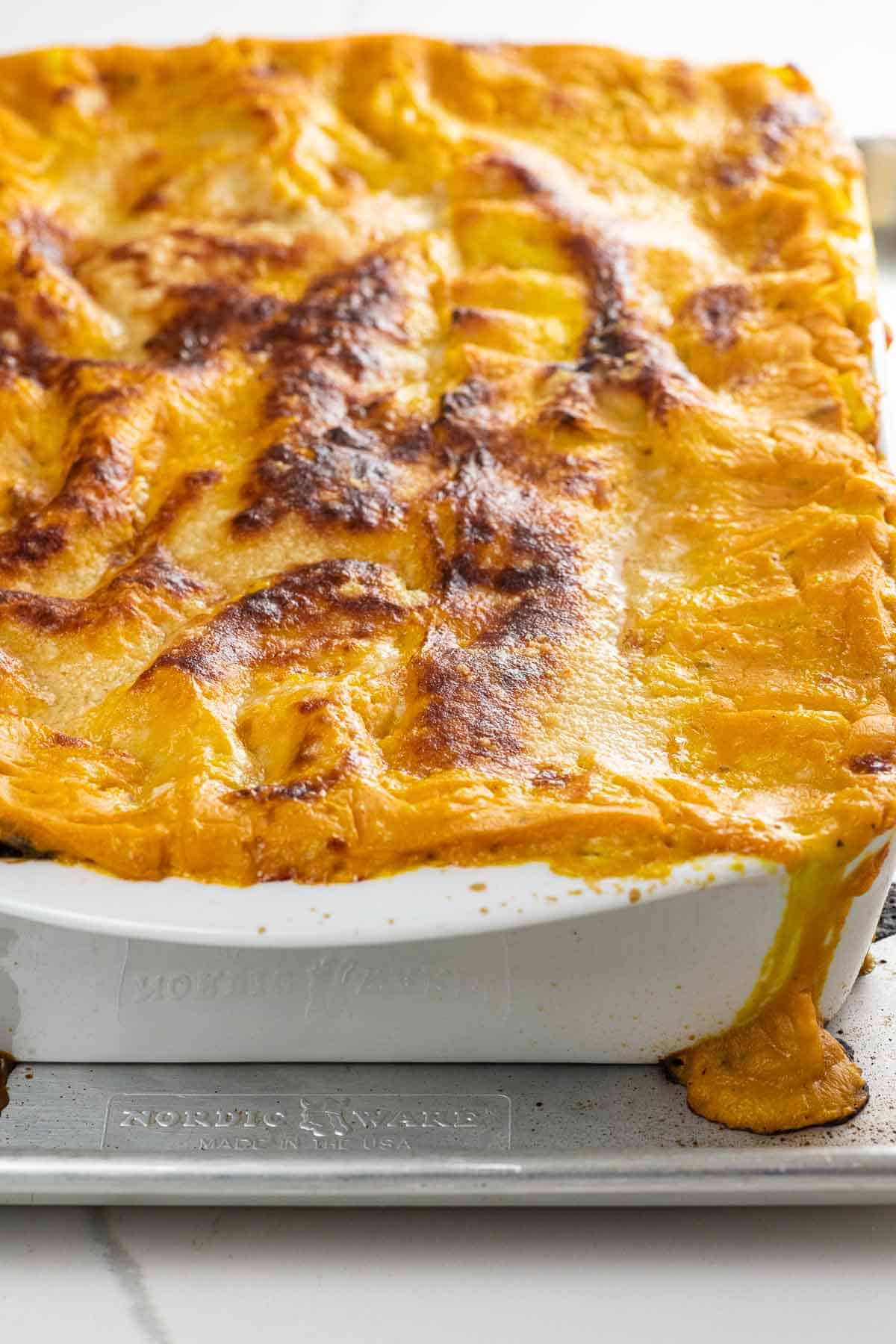
Hungry for more?
Subscribe to Umami Girl’s email updates, and follow along on Instagram.
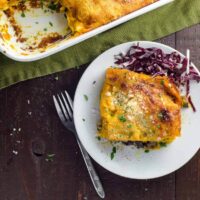
Fall Lasagna with Kabocha Squash Béchamel
Ingredients
For the squash puree
- 1 medium kabocha squash, 3 to 4 pounds
- 2 cups (475 ml) good vegetable broth
For the béchamel
- 4 tablespoons (56 grams) butter
- 1 tablespoon minced fresh sage leaves
- 1 tablespoon minced fresh thyme leaves
- ¼ cup (30 grams) all-purpose flour
- 4 cups (950 ml) whole milk
- 1 ½ teaspoons fine sea salt
- ¼ teaspoon ground nutmeg
- ¼ teaspoon freshly ground black pepper
- ⅛ teaspoon ground cayenne
For the vegetable filling
- 1 tablespoon (15 ml) olive oil
- 1 medium onion, diced small
- 8 ounces (227 grams) sliced mushrooms
- 3 cloves garlic, minced
- ½ teaspoon fine sea salt
- 1 medium head radicchio, cored, quartered, and cut into thin shreds
- 1 tablespoon (15 ml) balsamic vinegar
To assemble the lasagna
- 9 ounces (255 grams) no-boil lasagna noodles
- 1 pound (454 grams) fresh mozzarella, thinly sliced
- 1 pound (454 grams) fresh ricotta
- 1 cup (80 grams) freshly grated parmesan or pecorino cheese
Instructions
Make the squash puree
- This process should yield somewhere in the neighborhood of 4 cups of squash puree, but don’t stress about it.
- Preheat oven to 400°F with a rack in the center.
- Pierce the squash in several places with a small, sharp knife and place in a roasting pan.
- Bake for about an hour, until flesh is tender enough to insert a fork easily.
- When cool enough to handle, cut in half. Scoop out and discard seeds and stringy center.
- Scoop the flesh out of the skin and into the bowl of a food processor fitted with the blade, or a high-speed blender.
- Add broth and puree until perfectly smooth, stopping to scrape down sides as necessary.
Make the béchamel
- In a medium pot with a heavy bottom, melt the butter over medium-high heat.
- Add the thyme and sage and cook for one minute.
- Whisk in flour and cook for another minute or so, until bubbling substantially.
- Whisk in milk all at once.
- Add the salt, nutmeg, pepper, and cayenne.
- Bring to a boil over high heat, then reduce heat and simmer, stirring frequently, for five minutes or so, until slightly thickened.
- Off the heat, stir in the squash puree until it all becomes a smooth sauce.
Make the filling
- Warm the olive oil in a 12-inch nonstick skillet over medium heat.
- Add onion, mushrooms, garlic, and salt.
- Cook, stirring occasionally, until mushrooms have reduced in volume by about half, and any moisture they've released has simmered away.
- Add radicchio and cook, stirring frequently, until wilted.
- Off the heat, stir in the balsamic vinegar.
Assemble and bake the lasagna
- Lightly grease an extra-deep 9×13-inch roasting pan.
- Place a thin layer of béchamel sauce at the bottom of the pan, followed by a layer of lasagna noodles.
- Top with half the mozzarella, half the ricotta, half the mushroom mixture, 1/3 of remaining béchamel, and 1/4 of the parmesan.
- Repeat with another layer of noodles, mozzarella, ricotta, mushroom mixture, sauce, and parmesan.
- Finally, add one more layer of noodles and top with remaining sauce and parmesan.
- Place roasting pan on top of a rimmed baking sheet to catch any drips.
- Bake for 35-40 minutes, until lightly browned and bubbly.
- Let cool for at least 10 minutes before serving. Lasagna will set up and be easier to slice as it cools.
Notes
- Kabocha (sometimes called Japanese pumpkin) is my favorite winter squash. Its flesh is dense and sweet, with a lower water content than butternut. If you can't find it, you could substitute sugar pumpkin or red kuri squash in this recipe without making further changes. Or substitute butternut or even acorn squash and reduce the amount of broth. (Use just enough broth to make the squash easy to puree.)
- My favorite boxed vegetable broth by far is Imagine No Chicken lower-sodium broth. It has a great flavor profile and none of the rust-colored nonsense that plagues many other brands.
- Whole milk provides just the right amount of richness.
- Use a really good-quality butter if you can. Here and virtually everywhere, I start with a cultured, salted butter from grass-fed cows. This sounds fancy but doesn't have to be. Kerrygold, for example, is sold in most supermarkets at a reasonable price.
- A combination of fresh sage and thyme gently amplifies the autumnal vibe of this dish.
- Here I've pictured shiitake mushrooms, which have a deeply savory flavor and minimal moisture content. You can use any mushroom variety that you like in this recipe, or a combination. Over the years I've also used white button mushrooms, creminis, and portobellos with the gills scraped out. They all work well, as long as you cook off any liquid before adding the radicchio.
- Radicchio — a member of the chicory family — makes a fabulous fall and winter ingredient. It's earthy and bitter in varying degrees depending on the variety. Look for a crisp, tight head with minimal browning.
- A little bit of balsamic vinegar stirred into the filling takes the edge off radicchio's bitterness and ties all the flavors together beautifully. You can use a standard grocery store grade and save the fancy stuff for other recipes.
- No-boil lasagna noodles do a great job and are super-convenient. If you want to up your game, can use any lasagna noodles you like, all the way up the food chain to fresh homemade pasta.
- I prefer whole-milk ricotta and mozzarella, but you can use part-skim if you like. Note that the earlier version of this recipe did not include ricotta, but I've decided to add it over time. You can leave it out if you prefer — it's great either way.
- You can make this recipe with either parmesan or pecorino, or a combination. Pecorino (made with sheep's milk) is a little bit saltier and tangier, while parmesan is a bit sweeter. Either way, choose a good-quality, freshly grated version. If it's important to you that this dish be vegetarian, be sure to use a variety that's made without animal rennet.
- You can fully prepare this lasagna up to a day or two in advance, cover tightly, and store in the fridge, then bake shortly before serving. Or you can even bake it ahead of time and pop it into the oven for a short time to reheat it to serving temperature.
- Leftovers will keep in an airtight container in the fridge for a week. Truth be told, I often reheat them in the microwave.
Nutrition
Nutrition information is automatically calculated, so should only be used as an approximation.
Hungry for more?
Subscribe to Umami Girl’s email updates, and follow along on Instagram.


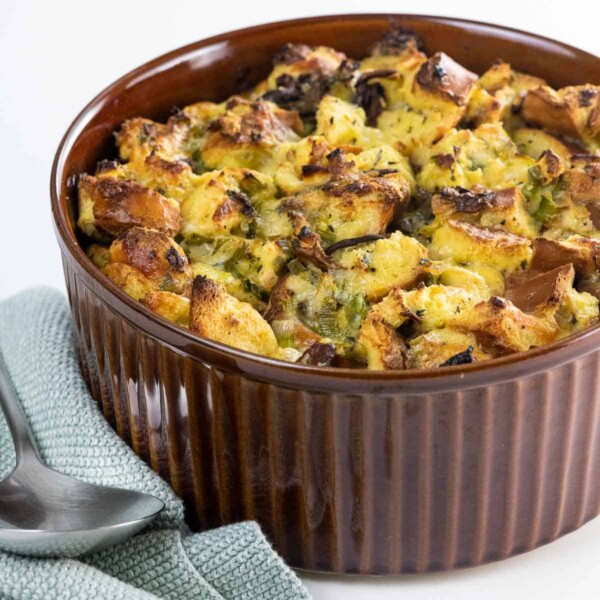
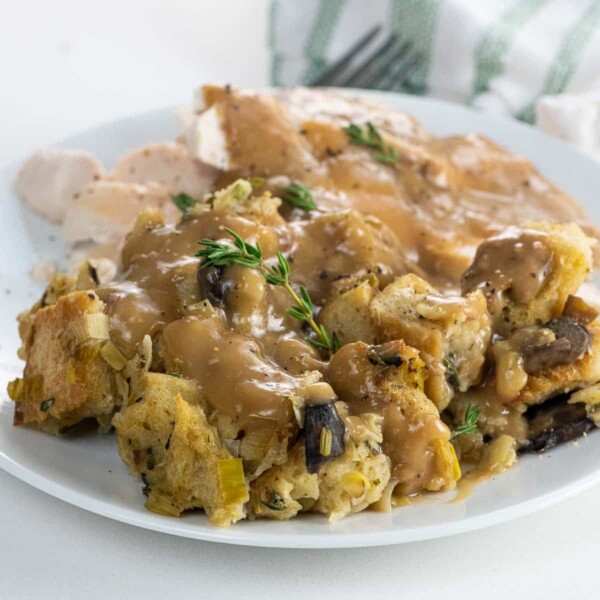
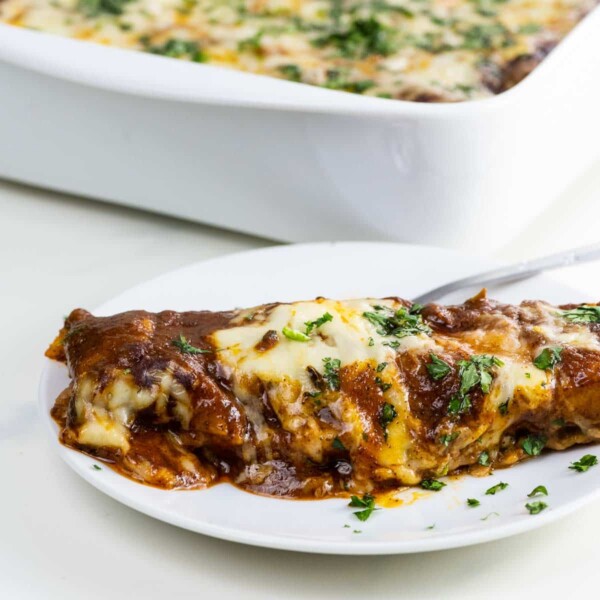
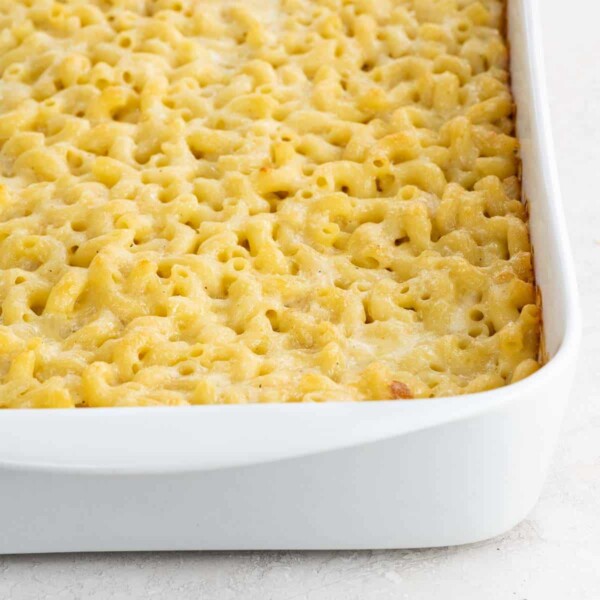
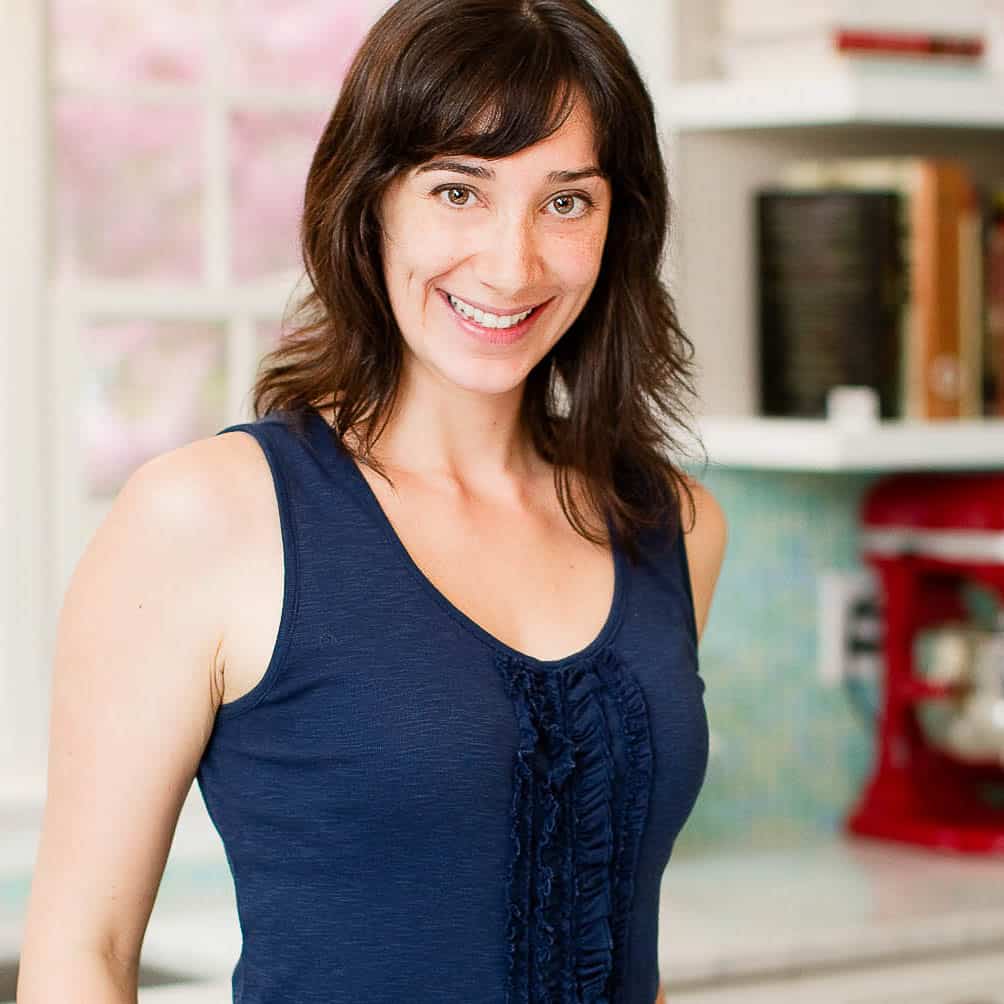






5 Comments